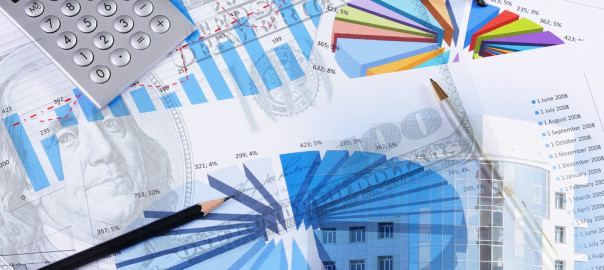Building A Long Term Real Estate Investing Portfolio
By Paul Esajian on September 8, 2014
The real estate market works in cycles. Early last decade, when conditions were different, you could buy a property in April and sell it in June for a handsome profit. Soon after the market collapsed, there was a shift to foreclosures and real estate owned properties. One strategy that has stood the test of time is to buy quality investment properties with the thought of holding onto to them for the foreseeable future. The short term benefits of turning your money over with quick flips and rehabs won’t be there, but by building a quality portfolio you can gain access to greater riches down the road.
If you tell the average person that they can make 20% on their money as opposed to 10%, but they have to wait fifteen years, they will really have to think about it. While there is no disputing that holding onto real estate for the long haul and riding out the down cycles can accelerate your profits faster than anything else, it is not for everyone. There is a real benefit of turning your money over and flipping real estate as it comes. That being said, having an extensive portfolio can give you the best of both worlds. You can utilize any appreciation through refinancing or hold onto the property until it is free and clear.
As a long term investor, you should never bank on appreciation. Knowing that the market works in cycles, it will eventually rebound. When it does, you will see tremendous gains. Unfortunately, it is very difficult to predict. Something could trigger an upswing next year or it could be five years from now. Buying low and selling high, whenever that time comes, is the key to any successful purchase. If you have the patience to ride the market out, you could see returns of 20-25% or more. Subsequently, you could opt to cash out and start the process over again or pull cash out to buy more properties. By holding instead of quickly flipping, investments will provide you with a few options down the road that can produce higher returns.
As a buy and hold investor, you will have cash coming in that you can use to grow your business. The thought of having a tenant cover your monthly expenses, provide you extra cash flow and pay down your mortgage is a very appealing thought. If you invest in the right properties and have enough surplus for a property manager, you can run the property almost on autopilot and wait for the market to turn. Even if it doesn’t turn, you are still cash positive every month and are paying down any balance on the property. Owning rental property isn’t easy, but if you buy at the right price in the right areas you can continue the cycle for years.
With the equity that is gained by having a tenant pay down your mortgage, you can use that leverage to buy other properties. Mortgage guidelines for investment property loans with cash out has changed over the years, but they are still being done anywhere from 65-75% of the property value. If you put down 20% at the time of the purchase and have been paying down the mortgage for five or so years, coupled with an appreciating market, you are very close to that equity. You still have your property, minus a portion of your cash flow used to pay for the new mortgage, but you now also have the opportunity to buy another property. This is how some of their biggest real estate investors made a majority of their wealth by continuing the buying cycle simply by leveraging existing investments.
In addition to the long term benefits of owning rental properties you can take advantage of short term gains through tax benefits. You can write off many of the items used in the rental property, mortgage interest and depreciation of certain items. This alone on a single property can offset any gains throughout the year or provide a healthy tax return check if you have multiple properties. The tax incentives should not be the sole reason you look to hold onto properties but it is certainly a nice perk if you do so.
Not too many investors, or people for that matter, think about where they will be fifteen to twenty years down the road. As an investor there is no 401K or other retirement income to look forward to in the future. One of the ways to offset this is by using long term holdings as a retirement vehicle. You don’t have to do this with every property but if you take one or two and set a goal to pay the mortgage down until it is free and clear you will have a mortgage free property that you can sell or rent when you get older. The money gained from your real estate portfolio can be much higher than any company pension or 401K.
Building a long term real estate portfolio takes time and patience. Rehabbing and flips are great for certain investors with certain goals, but so are buy and hold properties. In the next twelve months, think about acquiring one property with the sole intention of holding onto it for the next 20 years. It may seem like so far away, but it will be here before you know it.